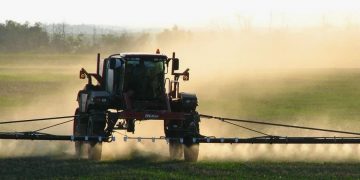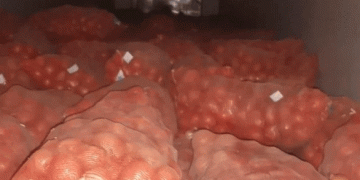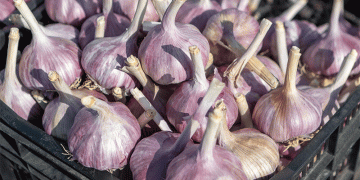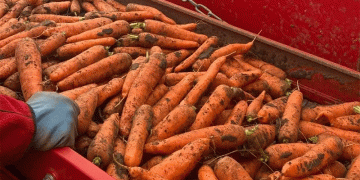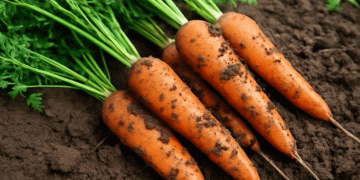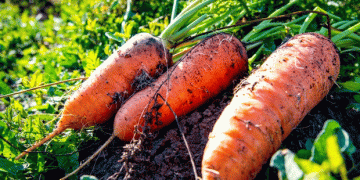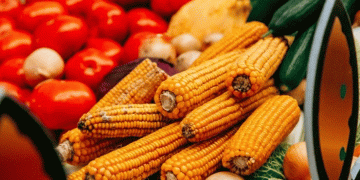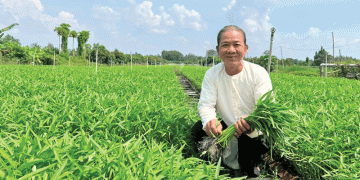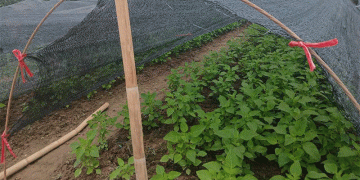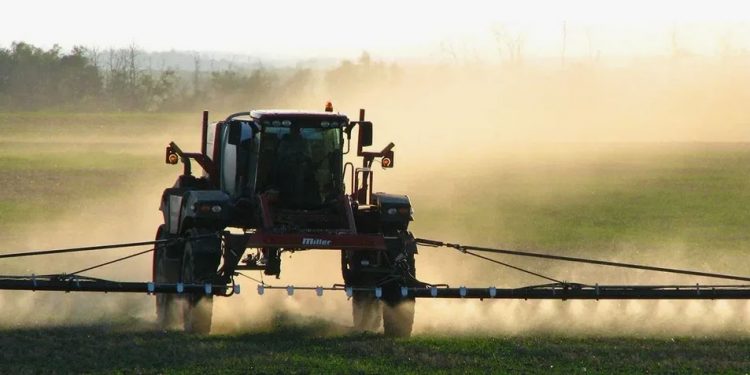In 2023, pesticide sales in the European Union fell to 292,000 tonnes, marking a 9% drop compared to 2022 and an 18% reduction since 2021, according to Eurostat. This is the lowest volume recorded since data collection began in 2011, signaling a potential shift in agricultural practices across the bloc.
Key Pesticide Categories in 2023
The breakdown of pesticide sales reveals three dominant categories:
- Fungicides & Bactericides (39% of total sales)
- Herbicides, Weed & Moss Killers (36%)
- Insecticides & Acaricides (17%)
Fungicides remain the most widely used, likely due to persistent fungal threats in key crops like grapes, cereals, and potatoes. However, the overall decline suggests that farmers and agronomists are adopting integrated pest management (IPM) strategies, precision farming, and biopesticide alternatives in response to stricter EU regulations and consumer demand for sustainable practices.
Regional Variations: Sharp Declines vs. Unexpected Increases
Of the 21 EU countries reporting data:
- 16 saw reduced pesticide sales, with the steepest declines in:
- Portugal & Italy (–44%)
- Ireland & Slovenia (–38%)
These reductions may reflect policy changes, such as Italy’s ban on neonicotinoids and Portugal’s push for organic farming.
Meanwhile, five countries increased pesticide use:
- Latvia (+55%)
- Austria (+52%)
- Lithuania (+11%)
The surge in Latvia and Austria could stem from higher pest pressures or delayed regulatory adjustments.
What’s Driving the Decline?
- Stricter EU Policies – The Farm to Fork Strategy aims to halve pesticide use by 2030, pushing farmers toward alternatives.
- Rising Costs – Synthetic pesticide prices have increased due to supply chain disruptions and energy costs.
- Biological Alternatives – Biopesticides are gaining traction, with the global market projected to grow at 15% annually (Research and Markets, 2023).
A Turning Point for Sustainable Agriculture?
The continued decline in EU pesticide sales suggests a long-term shift toward eco-friendly farming. However, regional disparities highlight the need for tailored solutions—whether through better pest-resistant crop varieties, AI-driven precision spraying, or policy support for small farms. As agronomists and farmers adapt, collaboration between science, industry, and policymakers will be crucial to maintaining productivity while reducing chemical reliance.
